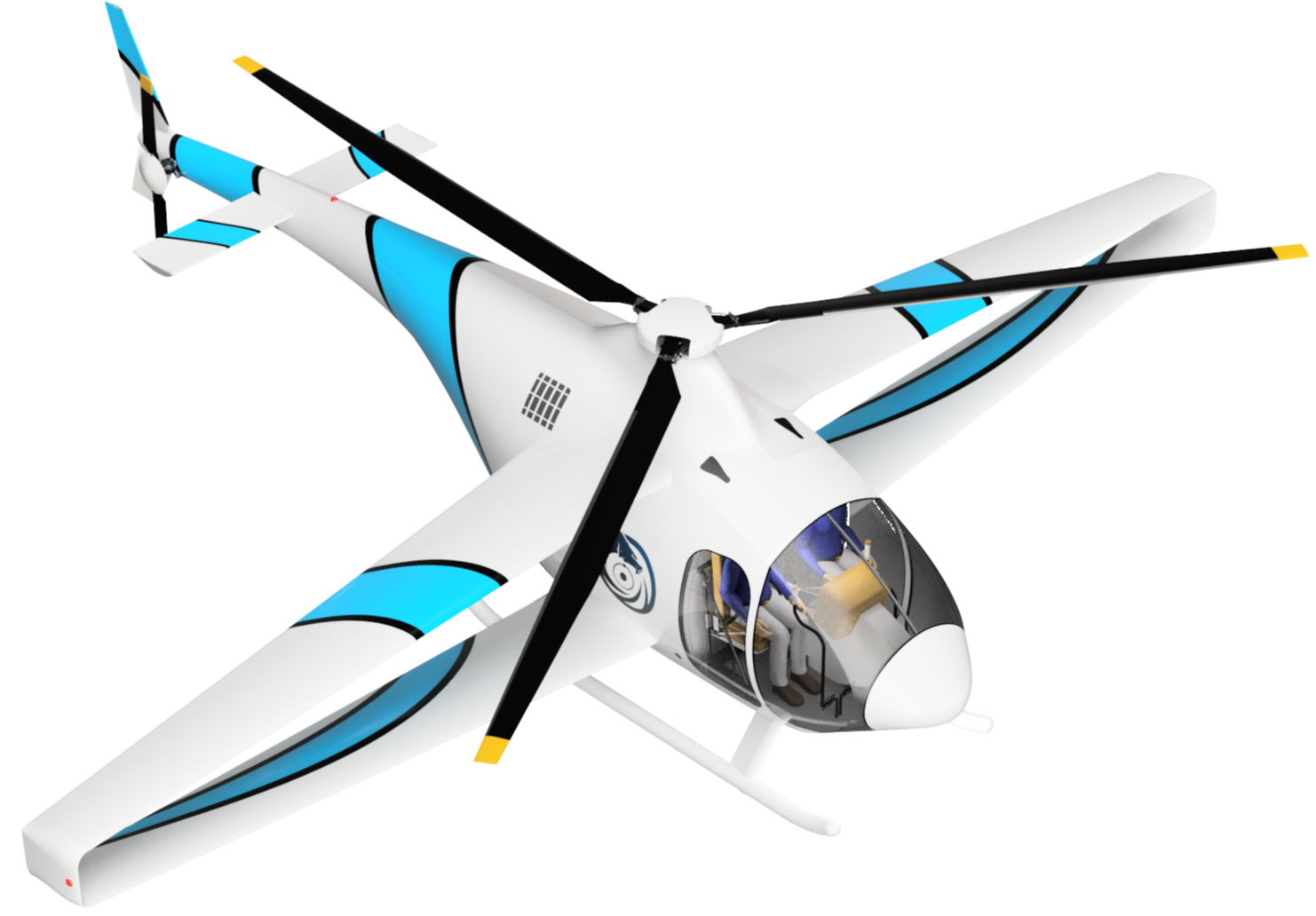
Team: Kumardip Basak, Apurva Anand, Brett Sweeney, Dogyu Jun, Hussien Hussien, Jacob McCallum, Radu Teodorescu, Remi Hensel, William Ogle
Challenge: To design a manned, zero-emission eVTOL aircraft powered solely by PEM fuel cells with high-pressure gaseous H₂ storage. The aircraft had to carry a dual-occupant 185 Kg payload, fit within a 10 m × 10 m × 4 m footprint, and complete a mission beginning at Kitty Hawk, NC, including loitering over the Alligator River Wildlife Refuge to maximize endurance for aerial observation. This required overcoming the unique integration, safety, and performance challenges of a pioneering hydrogen-electric rotorcraft.

Team: Vivek Uppoor, Logan Swaisgood, Batin Bugday, Muneeb Safdar, Michael Morcos, Victoria Britcher, Sridatta Satuluri
Challenge: To design a modular unmanned VTOL aircraft capable of performing two distinct missions: 10+ hour loiter and 50kg payload delivery. The aircraft needs to operate from a gusty ship deck, utilize Jet-A fuel, and begin both missions at 160kg. Particular focus is given to rapid ground crew operations, robust flight dynamics and control systems, and efficient multi-vehicle storage within the ship's confined space.
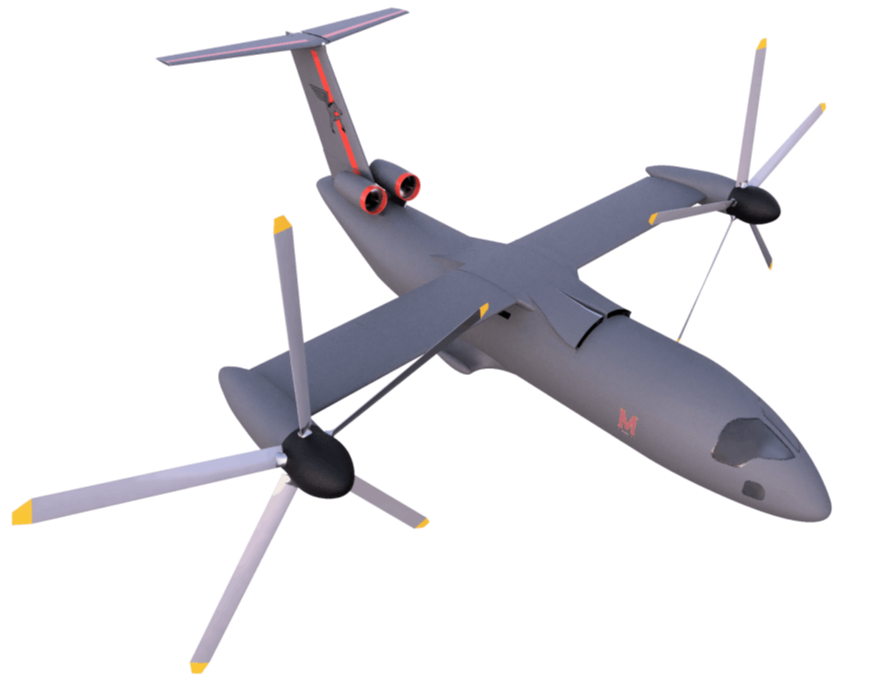
Team: Nathan O'Brien, Xavier Delgado, Brendan Egan, Ray Shimry Garatsa, Noam Kaplan, Nicholas Paternostro,
Challenge: To design a high speed VTOL aircraft capable of carrying a 5000 lb payload in a 6.5 ft high, 8 ft wide, and 30 ft long cargo bay. It had to operate at a 450 kt cruise speed at an altitude of 20,000 ft and a Radius of Action of 500 nm. An emphasis was placed on minimizing downwash to ensure FOD mitigation and ease of ground crew operations.
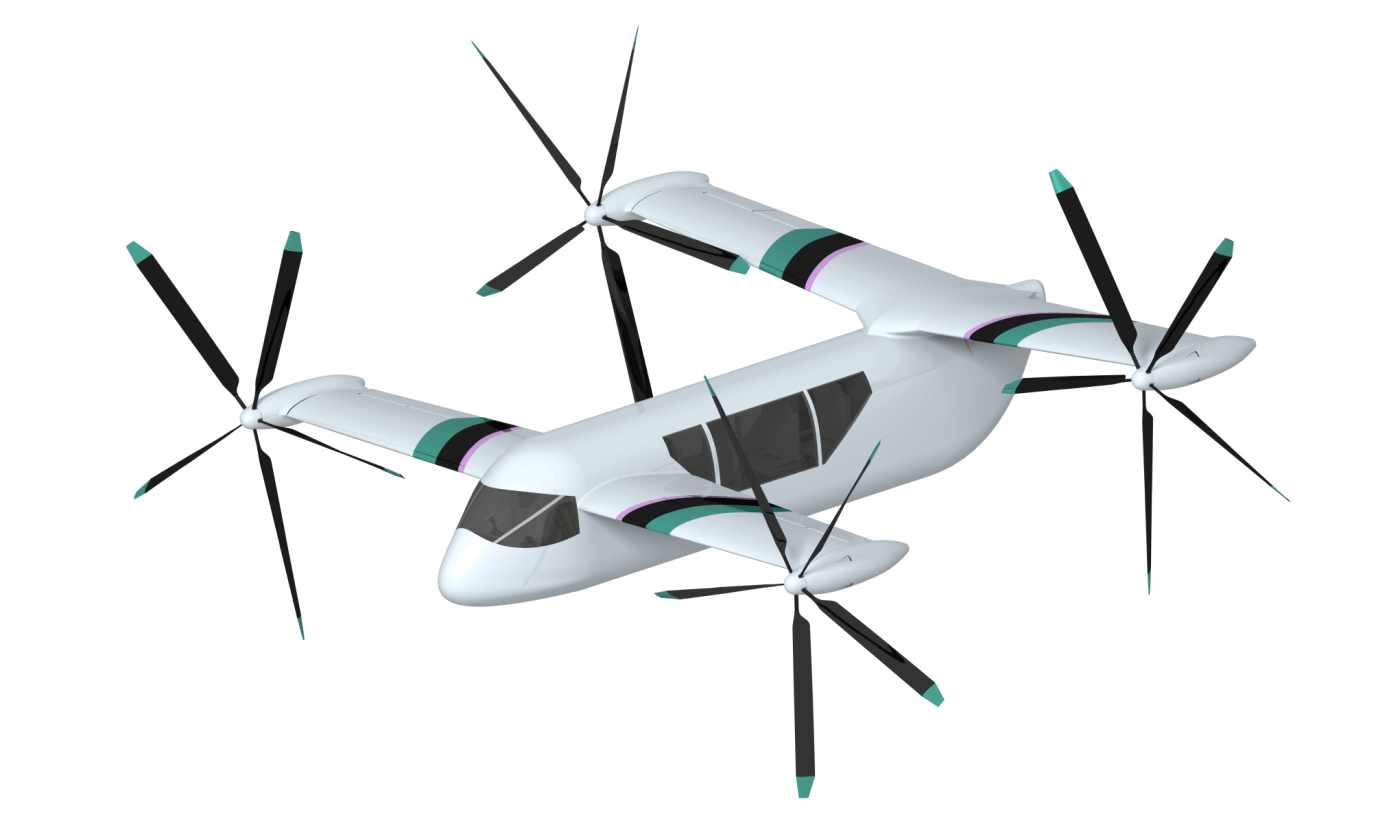
Team: Matt Arace, Eric Greenbaum, Paulo Arias, Peter Ryseck, Akinola Akinwale, John Soong
Challenge: To design an all-electric VTOL air taxi with a reconfigurable cabin to support passengers with reduced mobility and disabilities of all types. As a passenger aircraft, emphasis is placed on system safety and fault tolerance. The aircraft must be operated by a single pilot and carry up to four passengers. The mission range is 161 km (100 mi).
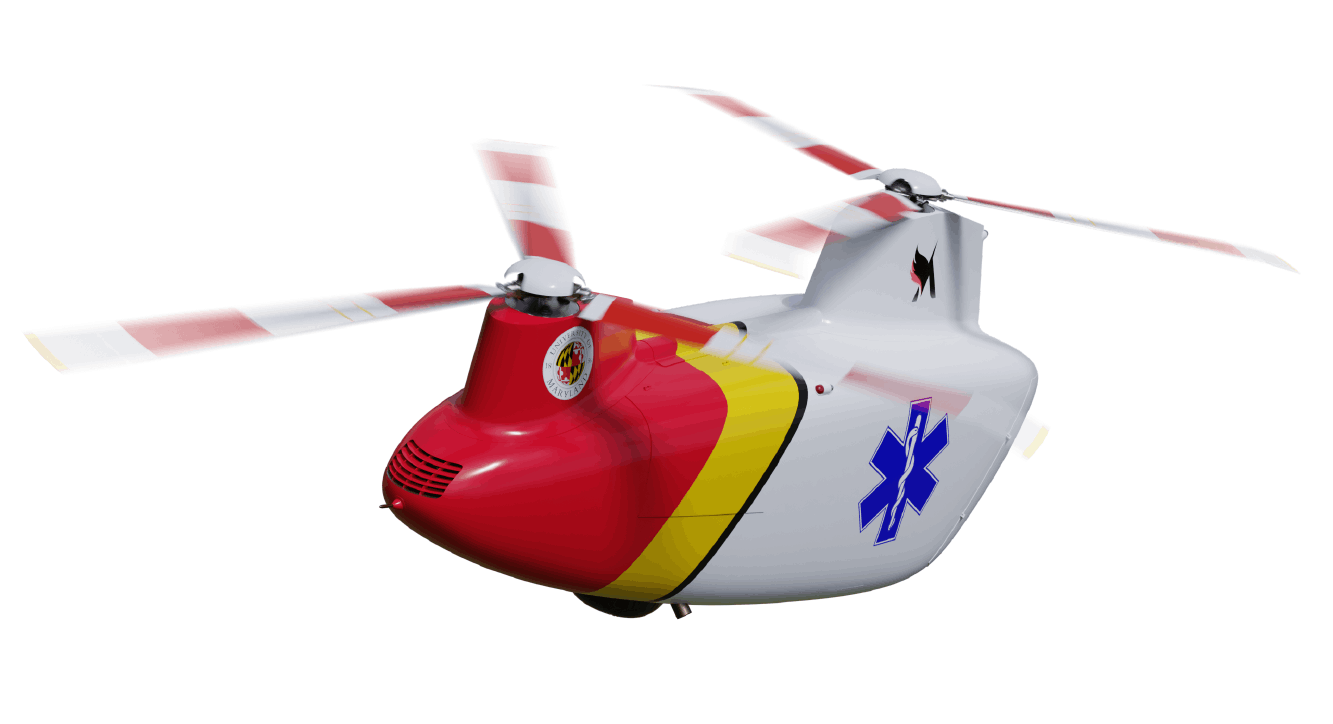
Team: Dilhara Jayasundara, Erik Scott, Andrew Collar, Spencer Fishman, Animesh Shastry
Challenge: To develop an unmanned vertical lift concept that can deliver, at high speed, up to 50 kg payloads to end-user sites up to 50 km radius, and to logistics centers up to 200 km away. The sizing is such that the vehicle can make a difference within a future pandemic or natural disaster. The design has to include only 2020 technologies in order to support an initial entry into service in 2025. A special emphasis needs to be placed on system safety.
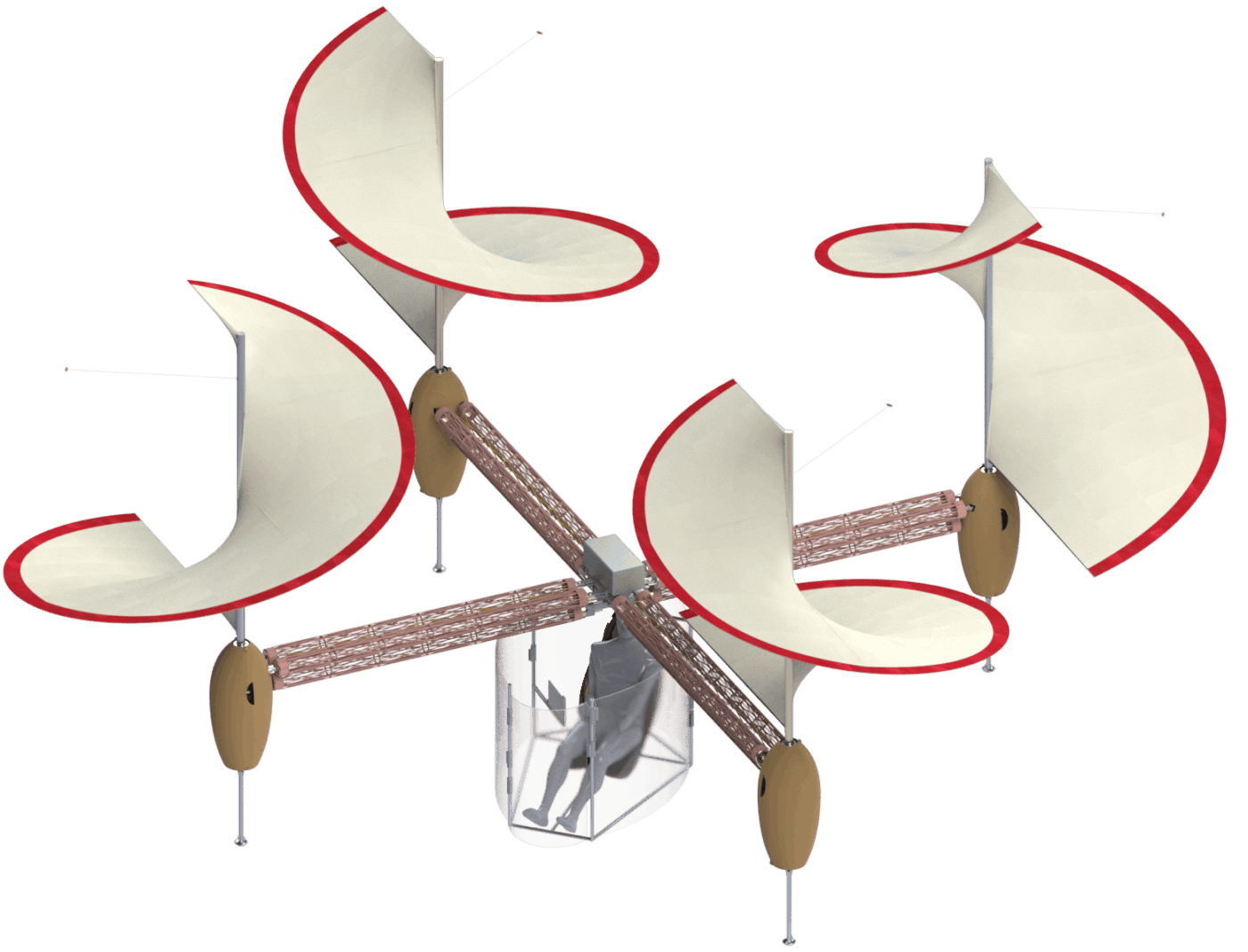
Team: James Sutherland, Robert Brown, Ehiremen Ebewele, Emily Fisler, Katie Krohmaly, Jehnae Linkins, Koushik Marepally, Austin Prete, Ilya Semenov
Challenge: To design a VTOL vehicle based on Leonardo's Aerial Screw concept, studying and demonstrating the consistency of its physics and potential feasibility. The aircraft must carry 1 pilot or passanger (60kg) and the design mission is: take-off vertically, fly for at least one minute (covering at least 20 m) and land vertically. The concept is honoring the 500th anniversary of the death of Leonardo Da Vinci.
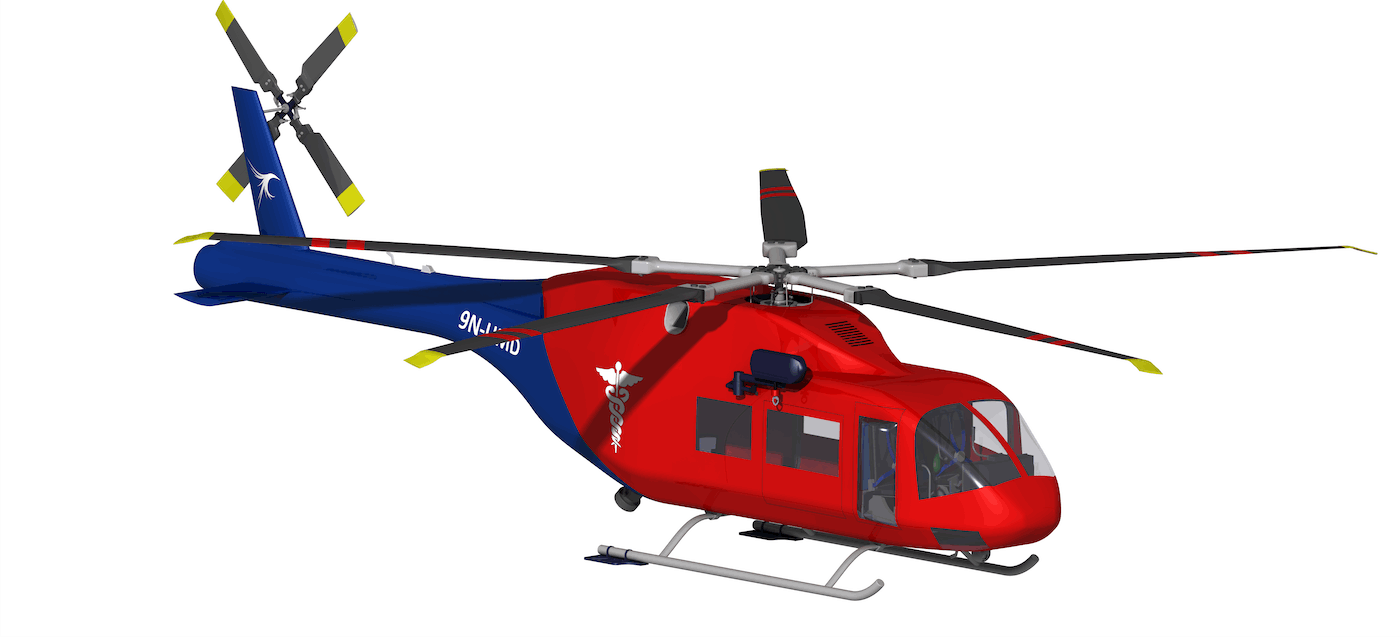
Team: Seyhan Gul, Ravi Lumba, Abhishek Shastry, Mrinalgouda Patil, Shashank Maurya, Amy Morin, Nishant Nemani
Challenge: To design a rotorcraft capable of performing rescue missions on the highest altitudes in the world. The mission includes a 30min hover at the top of Mount Everest (29,100 ft) with a payload of 575 kg. The mission must be less than 3 hrs and can include a possible refuel stopover.
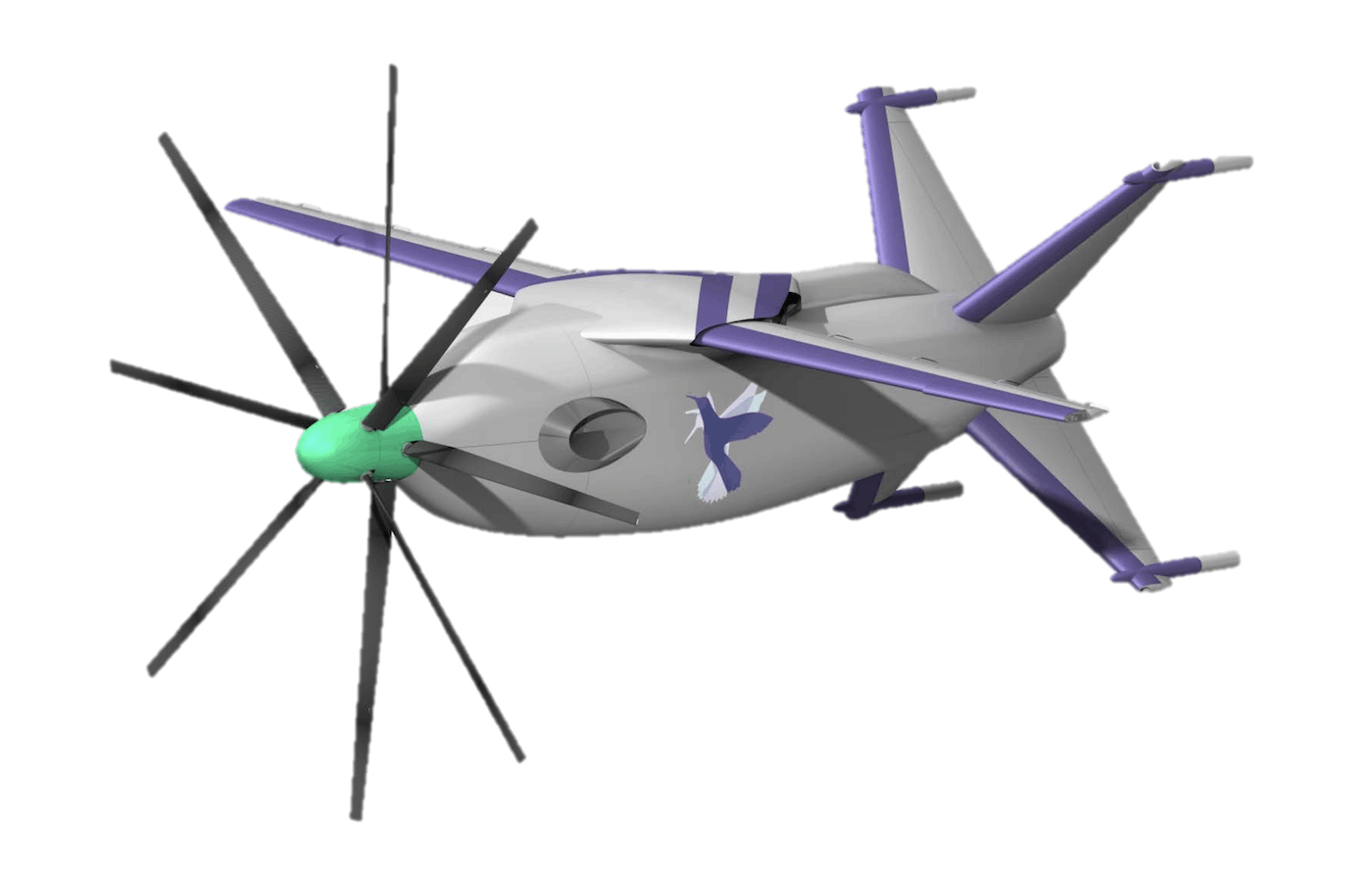
Team: Fred Tsai, Eric Solomon, Chris O'Reilly, Brandyn Phillips, Vera Klimchenko, Alex Costenoble, and Cheng Chi
Challenge: To design a reconfigurable VTOL aircraft to operate in a megacity-type environment with a payload of 100kg or higher. The aircraft must have a minimum cruise speed of 333 km/h and maximum gross takeoff weight of 600kg.
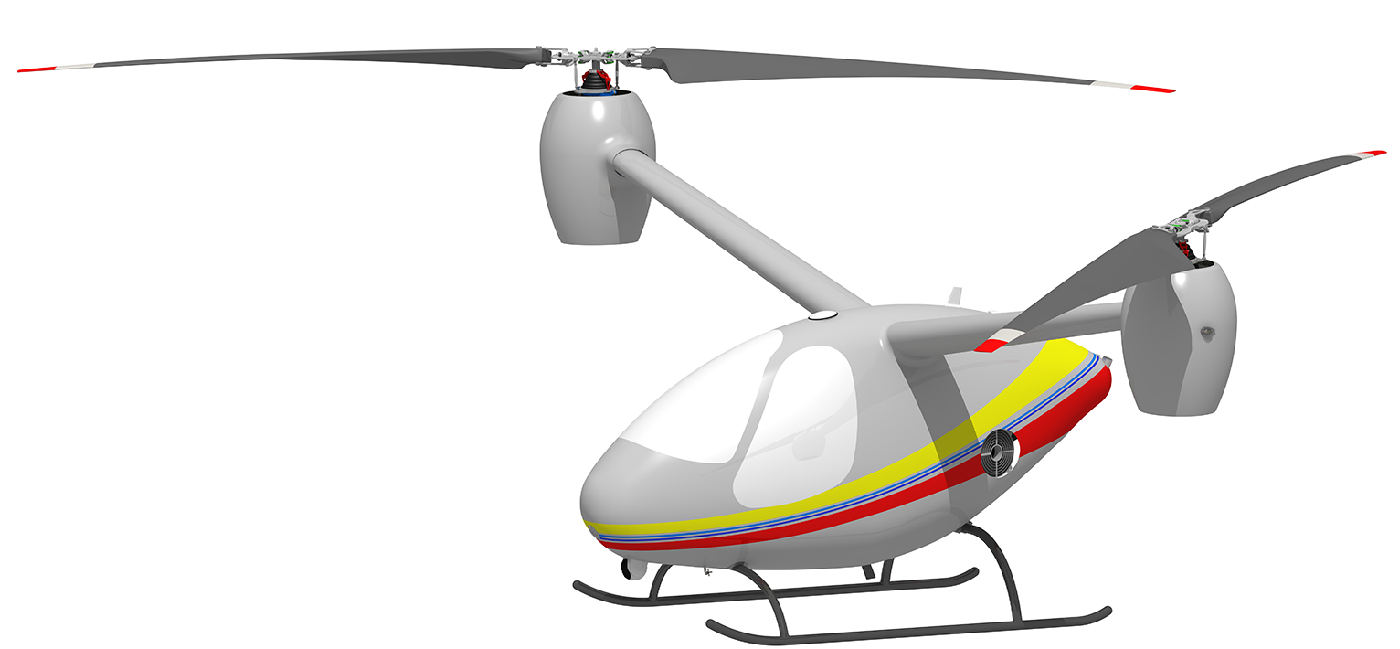
Team: Daniel Escobar, Tyler Sinotte, Peter Oas, Bumseok Lee, Brent Mills, Dylan Jude, William Craig
Challenge: To design an unmanned aircraft capable of hover for a cumulative duration of 24 hours inside three hover stations separated by a distance of 0.54 nm (1 km). The aircraft must be able to withstand a helicopter operating environment throughout the mission duration and carry a simulated passenger weighing 176.4 lb (80 kg).
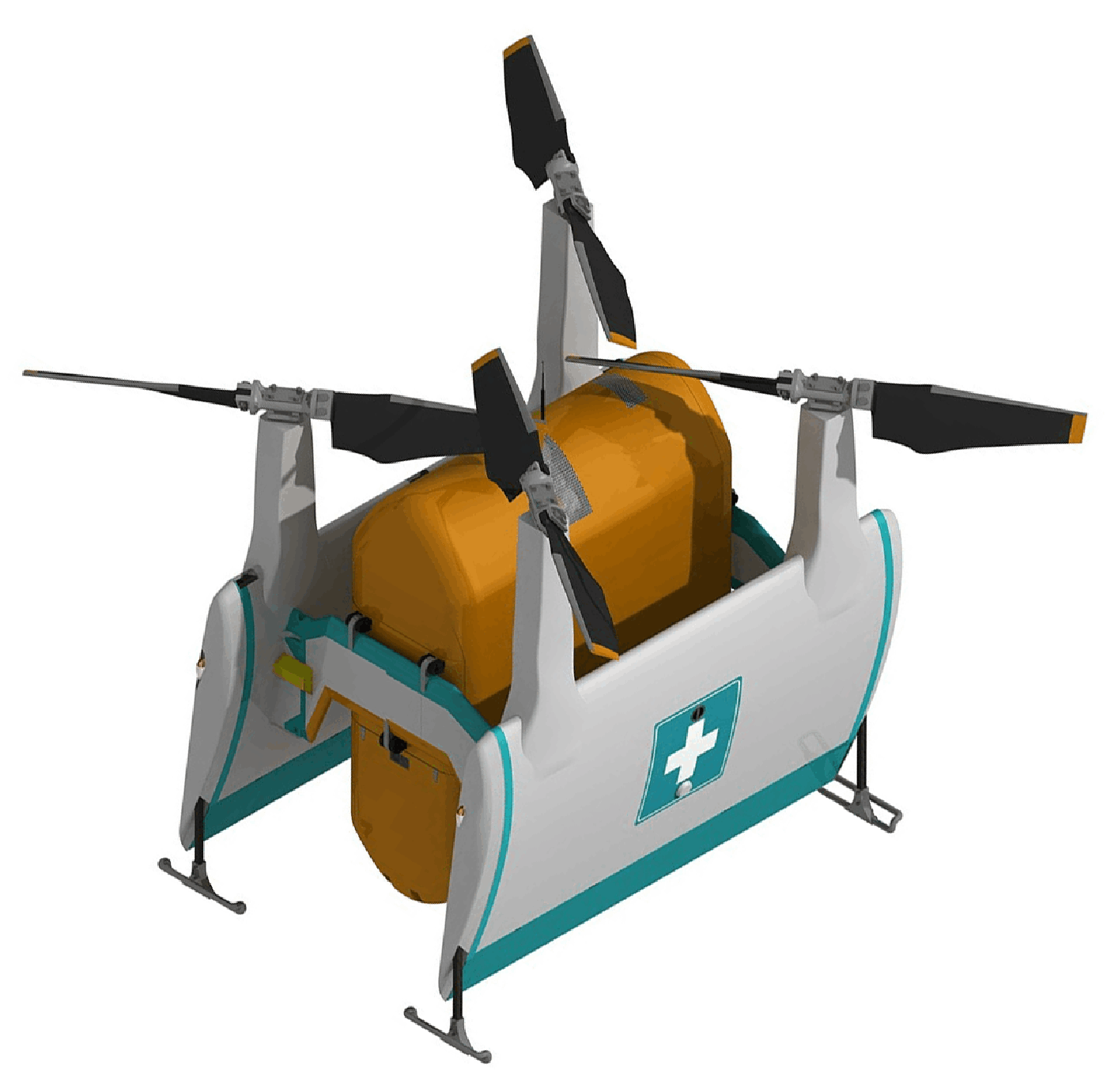
Team: Lauren Trollinger, Olivia Gonzalez, Yong Su Jung, Timothy Kreutzfeldt, Eliza Perez-Sanchez, Richard Quinones, Luke Smith, Br. Marius Strom
Challenge: To design a hover-capable autonomous unmanned aerial vehicle capable of delivering 500 lb (230 kg) of emergency aid to South American earthquake victims after deployment from the cargo bay of a C-130J Super Hercules.
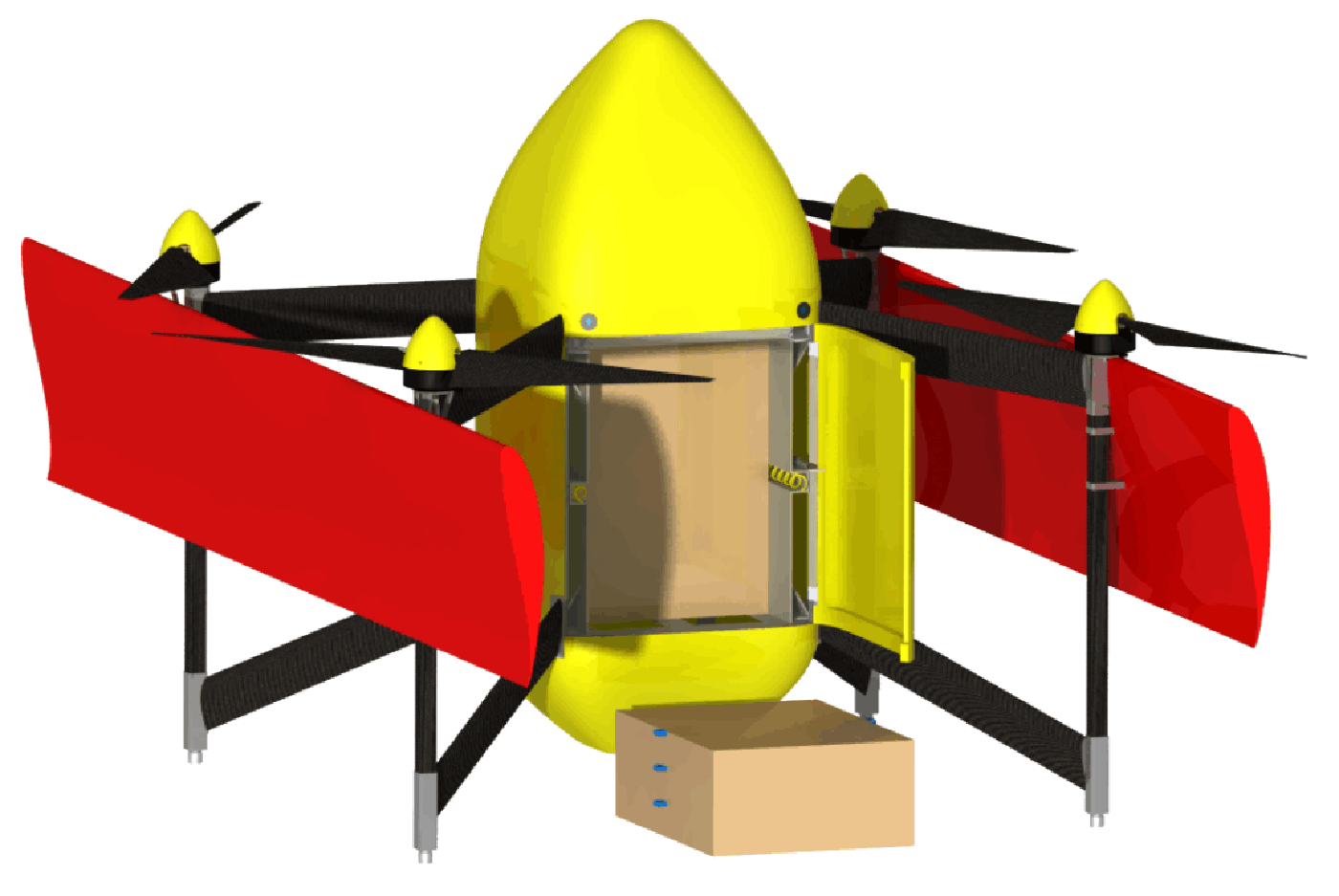
Team: Stacy Sidle, Christopher Bogdanowicz, Brandon Gudenius, Daigo Shishika, Xing Wang, Justin Winslow
Challenge: To design a small, autonomous aircraft able to provide rapid delivery of small cargos directly to the point of need.
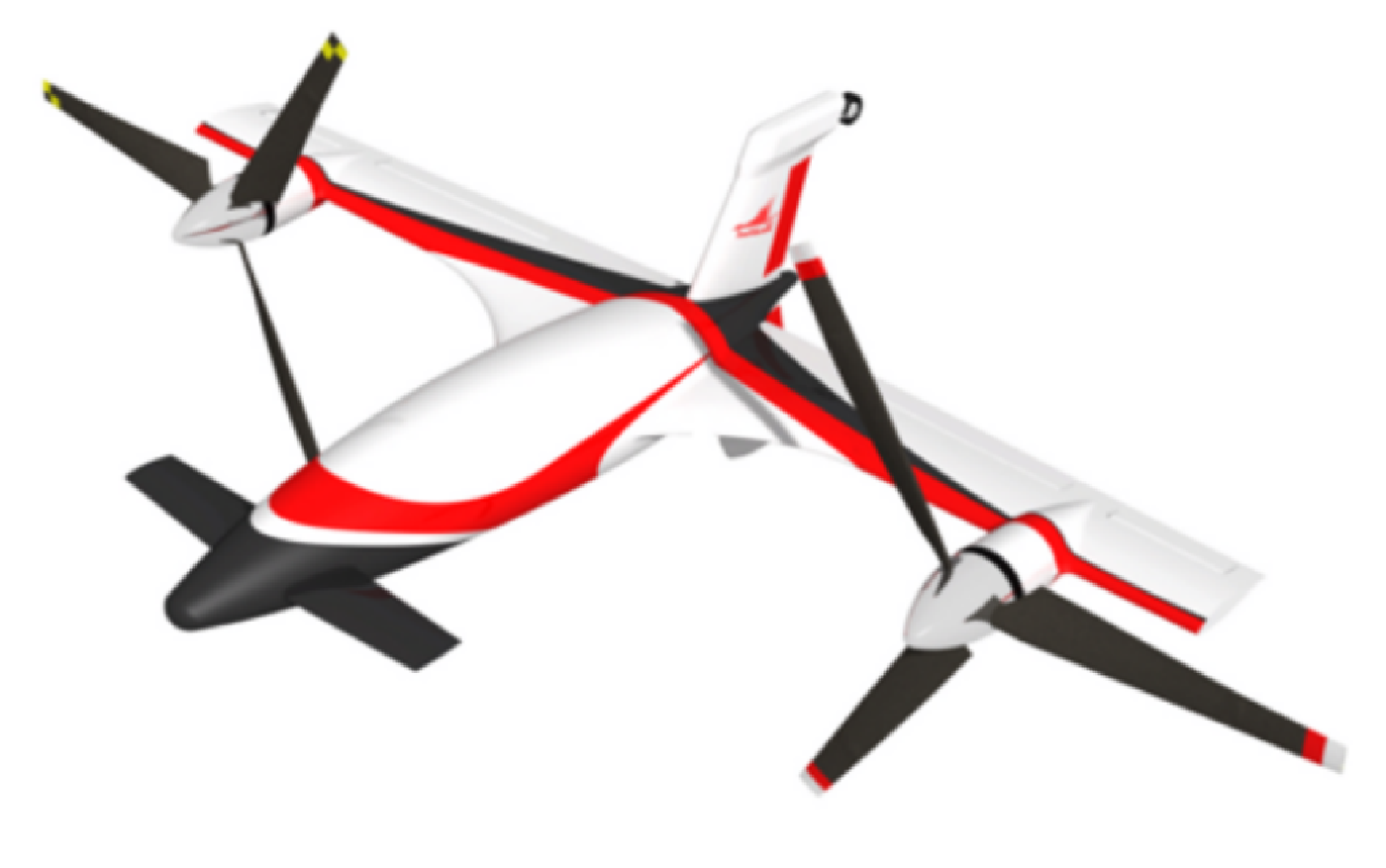
Team: Elena Shrestha, Michael Avera, Camli Badrya, Jonathan Chambers, Tyler Fean, Chin Gian Hooi
Challenge: To design a vertical-take-off-and-landing experimental aircraft with exceptional performance in vertical and cruise flight, and operational capability through transition from vertical to forward flight.
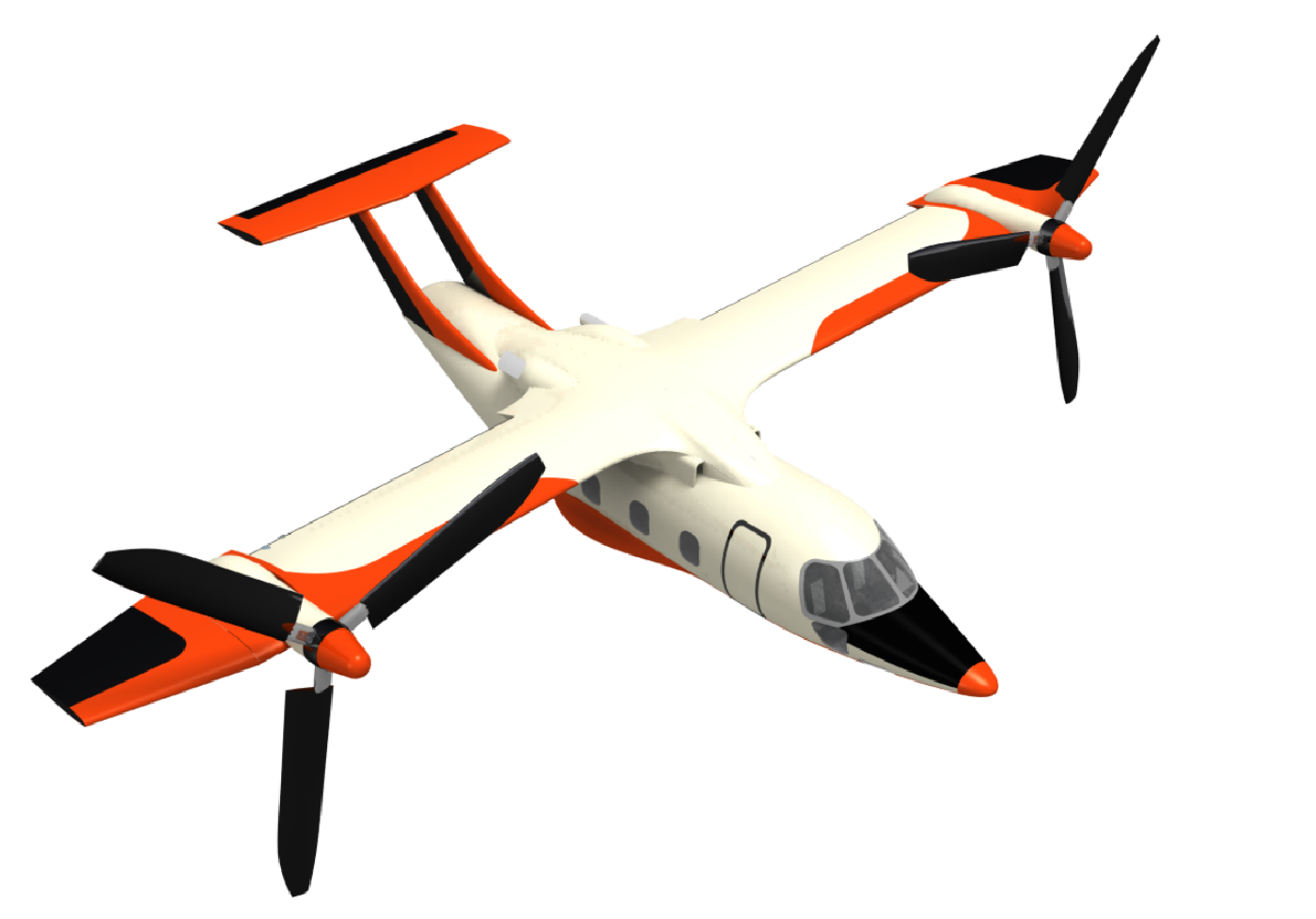
HeliX, 1st Place (2013)
Team: Elizabeth Weiner, Bharath Govindarajan, Nishan Jain, Tejaswi Jarugumilli, Benjamin Jimenez, Zachary Kaler, James Lankford, Erik Levin, Jaime Reel
Challenge: To design a rotorcraft for the purpose of rescuing and providing aid to victims of a natural disaster. This vehicle needs to have a large payload capability and on-board equipment to ensure safe rescues in unpredictable environments.
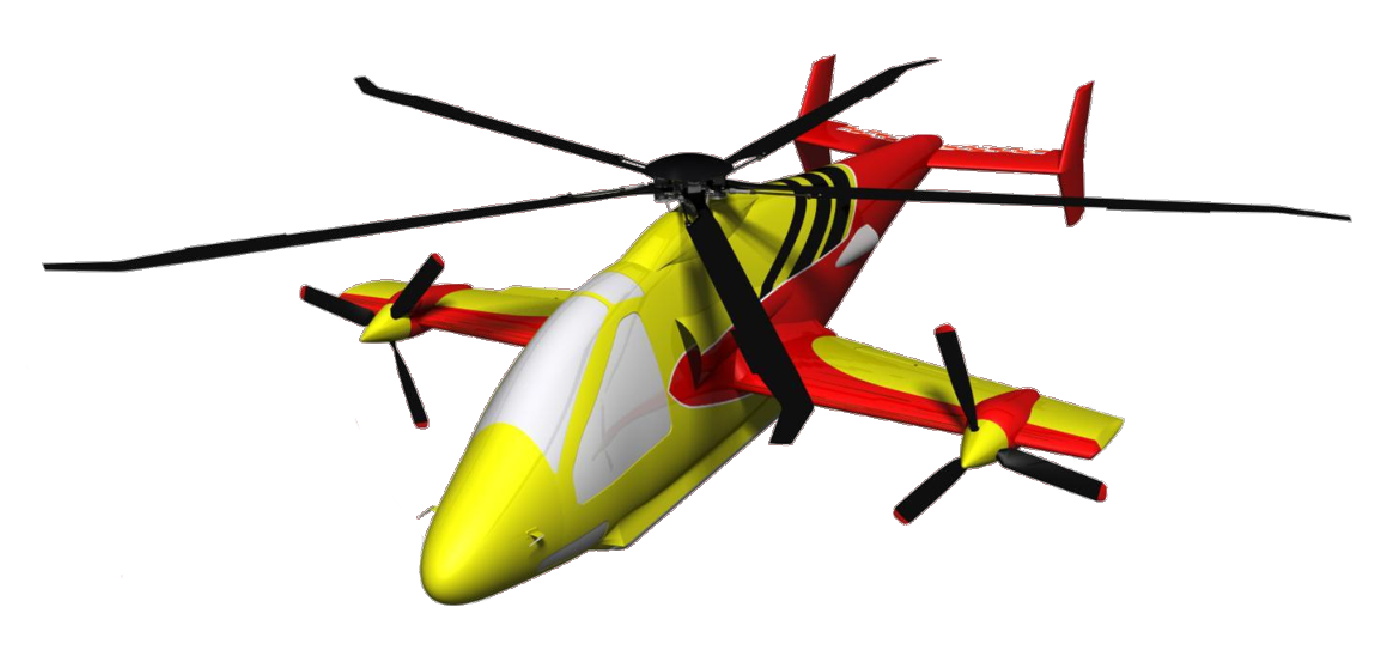
Team: Anish Sydney, Mathieu Amiraux, Jonathan Elliott, Joseph Schmaus, Conor Stahlhut, William Staruk, Nitin Sydney
Challenge: To design a helicopter for the purpose of air racing in a prescribed pylon course. This helicopter must be capable of high load factors without sacrificing foward speed, fuel efficiency, or safety of the pilot and spectators.
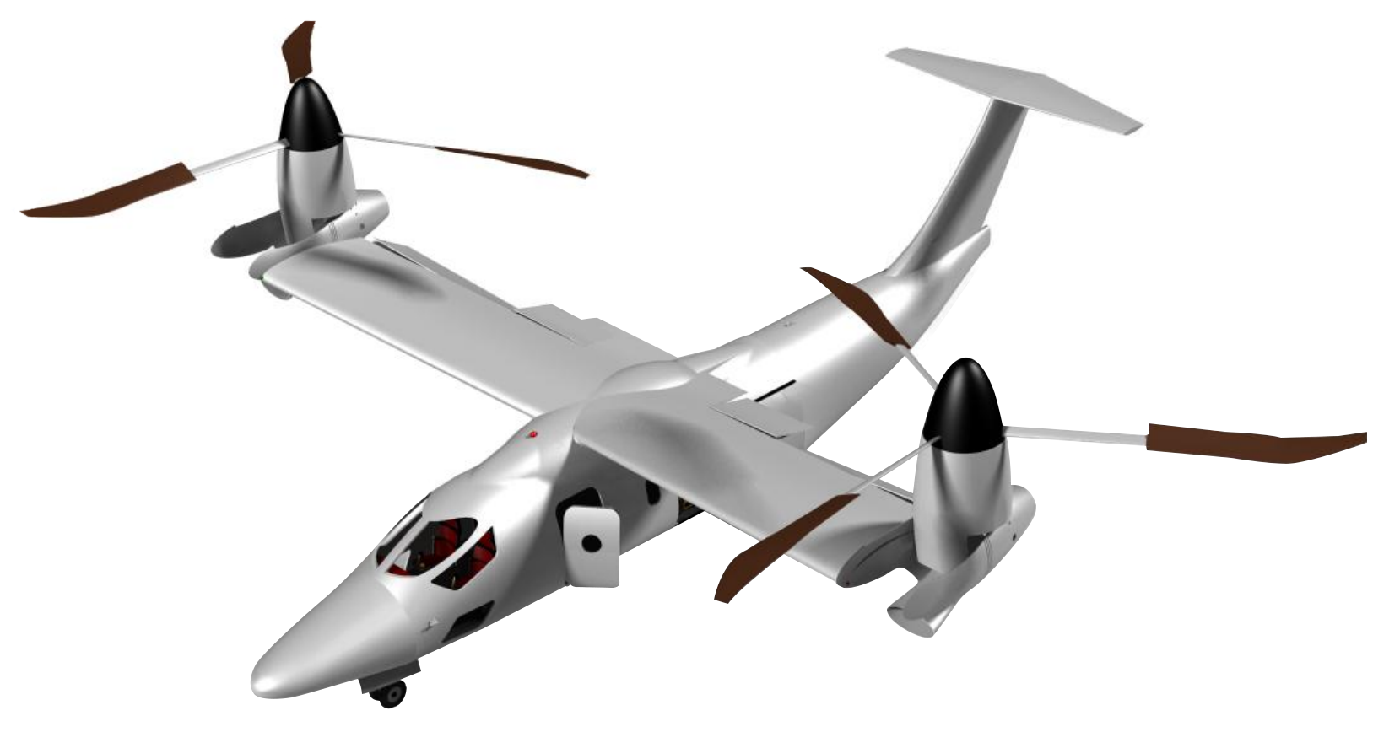
Team: Aaron M. Harrington, Kyle Eide, Tarandeep S. Kalr, Joseph Milluzzo, Pranay Seshadri
Challenge: To design a versatile vertical lift aircraft with exceptional performance in search and rescue, insertion, and resupply missions.
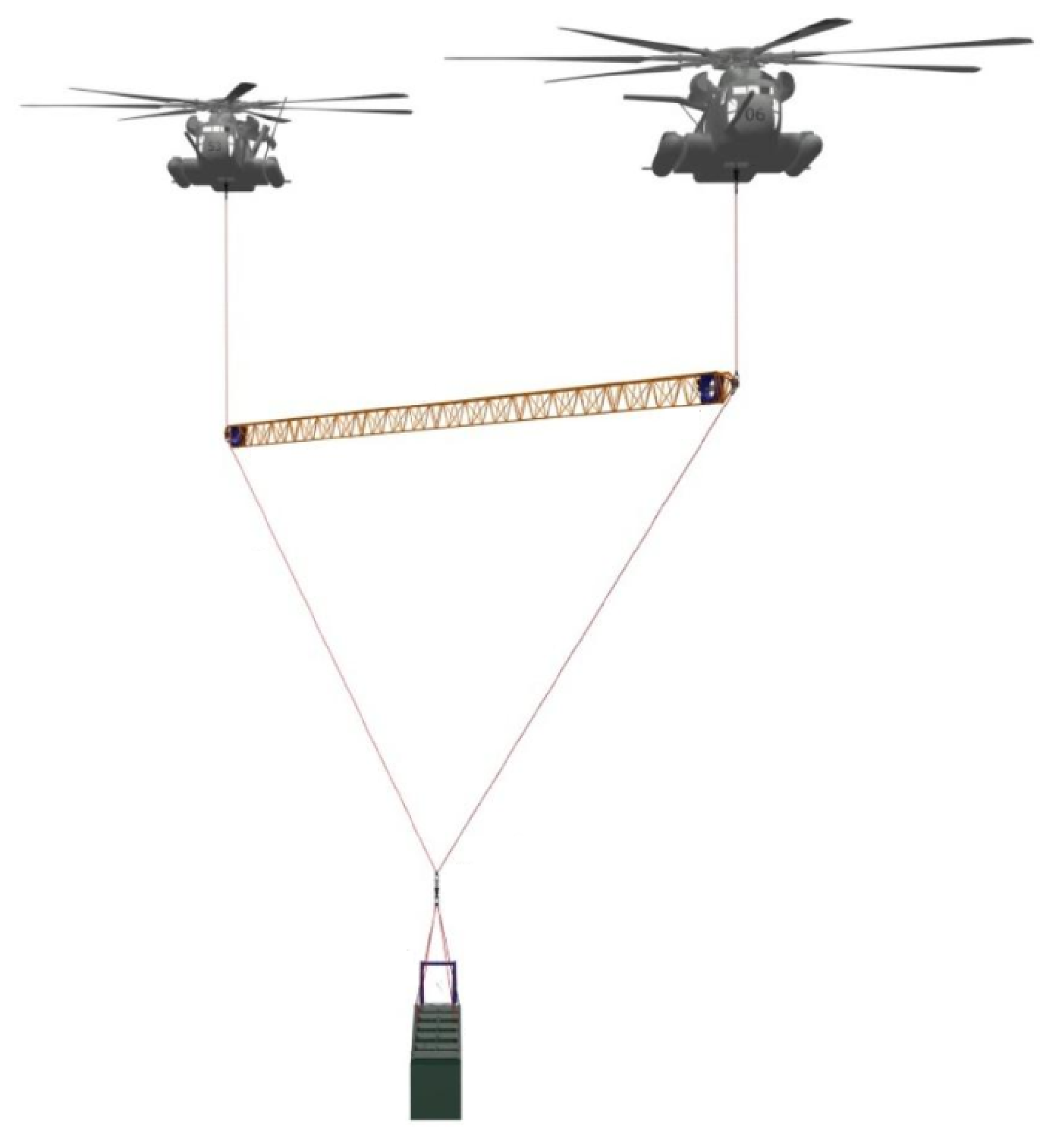
Team: Benjamin Berry, Graham Bowen-Davies, David Mayo, David Pfeifer, Vincent Posbie, Ananth Sridharan
Challenge: To design a dual-aircraft vertical-lift platform able to transport payloads that exceed the current weight capacity of individual rotorcraft, focusing on the system concept – load lifting device(s), control scheme, and multiaircraft system stability – rather than a particular aircraft or payload.
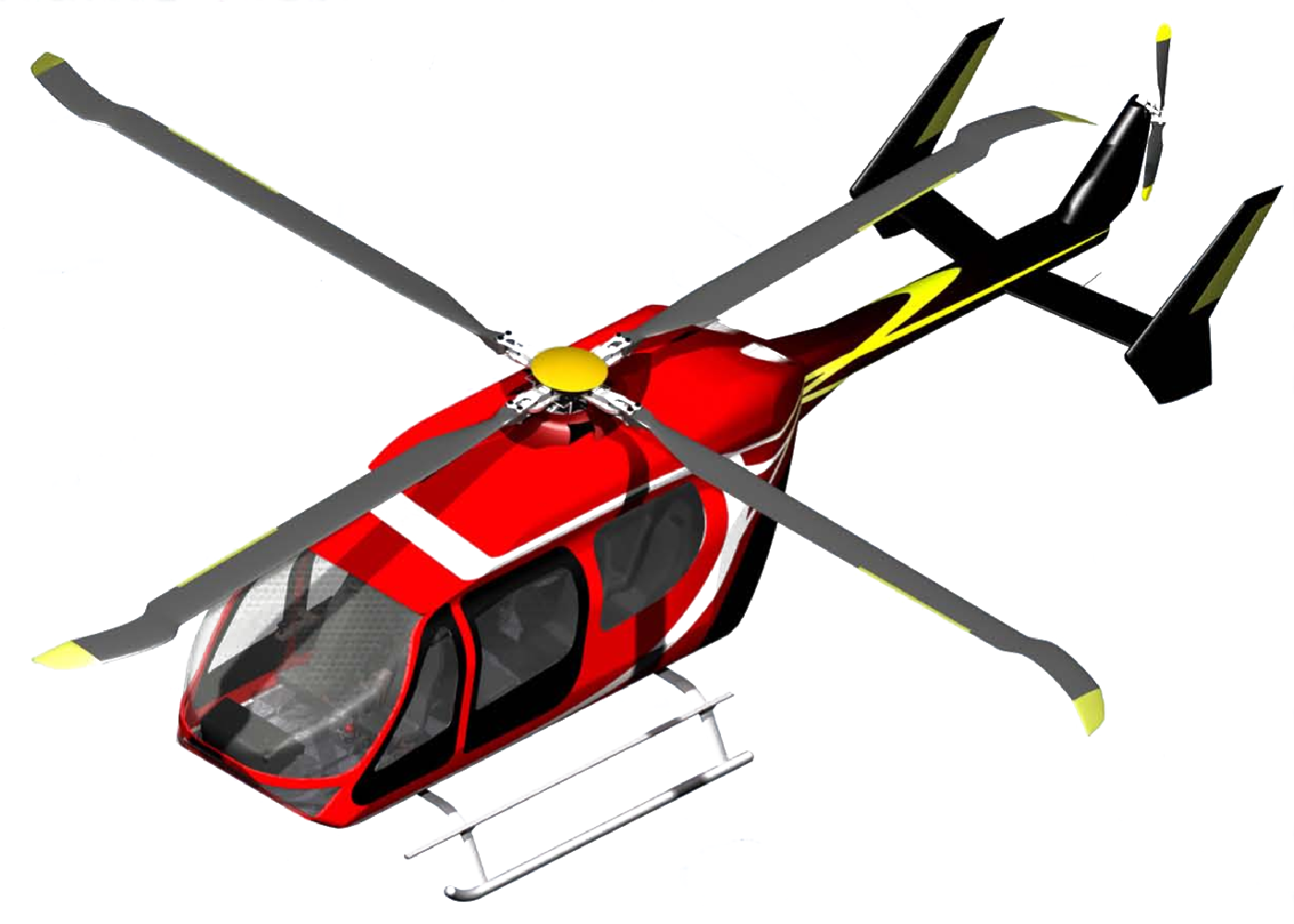
Team: Timothy Lee, Louise Ahure, Alex Ditko, Eric Greenwood, Ria Malhan, Kumar Ravichandran, Anand Saxena
Challenge: To design a non-conventional rotor/drive system for a helicopter, starting from a current, in-service design with MTOW between 3500 and 5500 kgm, and including all necessary subsystems that will endow the new design with improved performance in terms of speed, range, payload, endurance and noise signature.
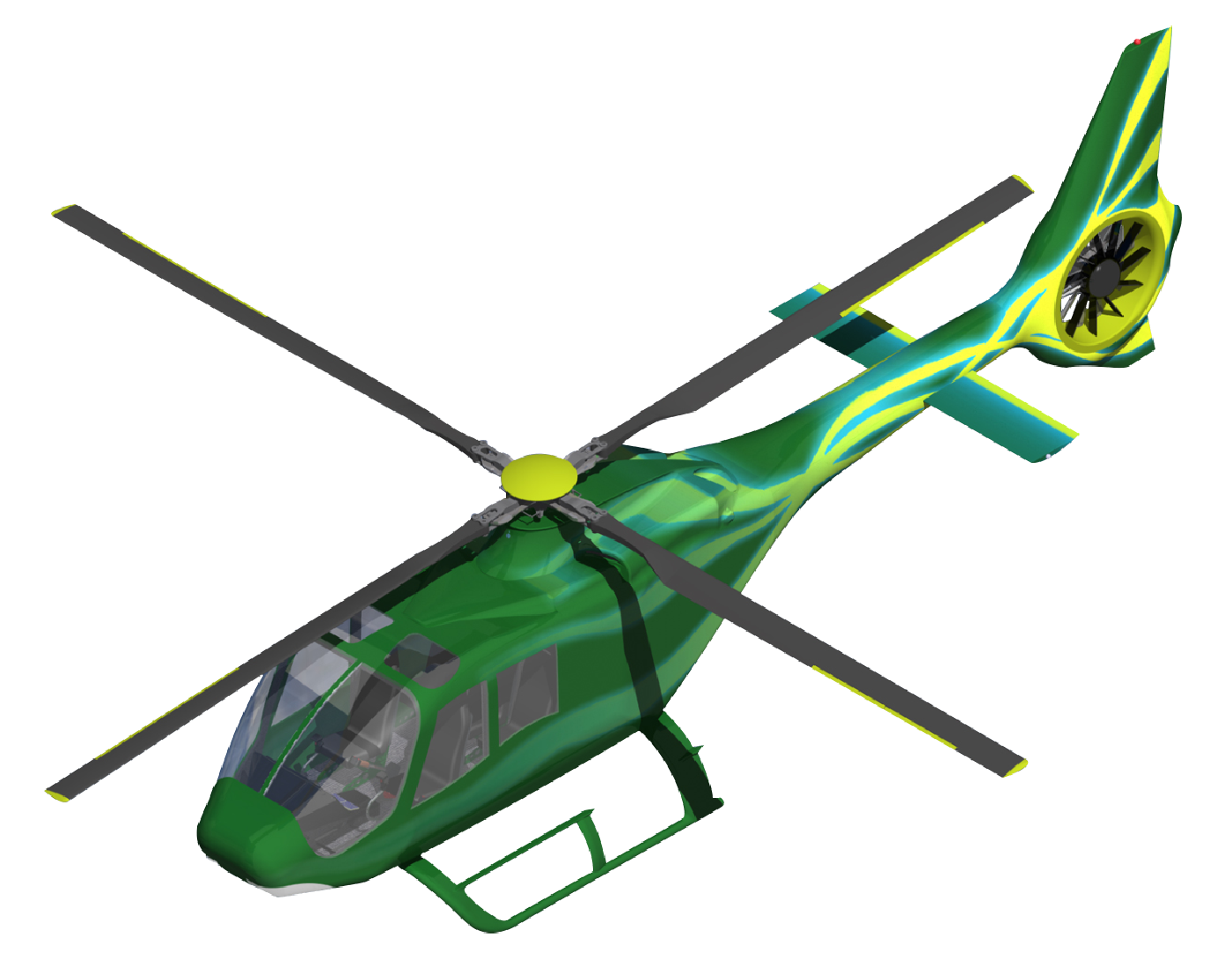
Team: Brandon Bush, Choong Yun Lee, Jeong Hwan Sa, Cal Sargent, Rick Sickenberger, Monica Syal, Evan Ulrich, Nick Wilson
Challenge: To design an advanced, short-range, medium-speed, transport VTOL concept, capable of operating from an uprepared area, and which minimizes energy consumption and the complete pollution chain throughout the entire life cycle of the aircraft (manufacturing, operation, maintenance and end-of-life recycling), with initial operational capability in 2020.
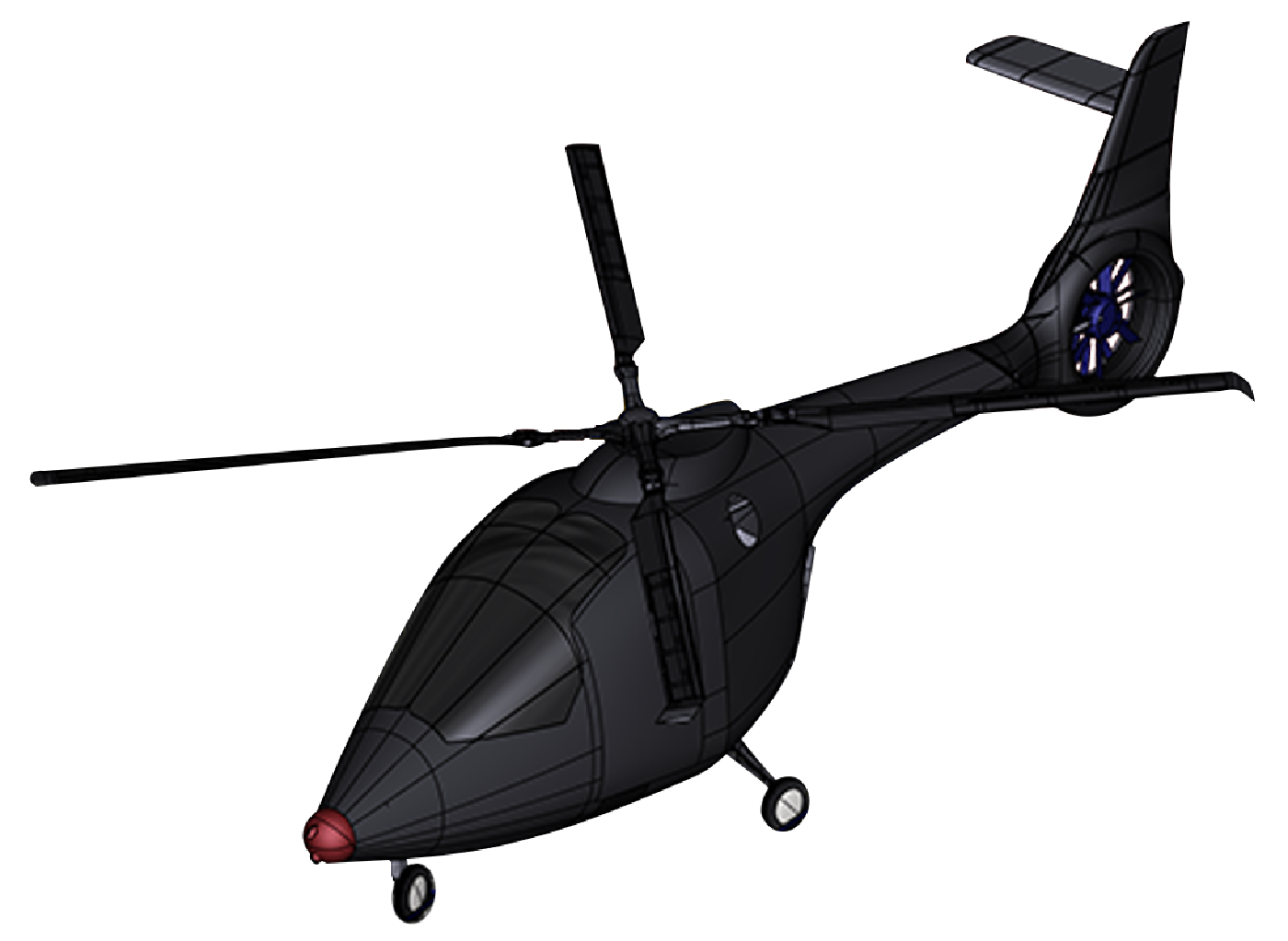
Team: Benjamin Silbaugh, Smita Bhadra, Joseph Coker, Vikram Hrishikeshavan, Asitav Mishra, Christopher Medic
Challenge: To design an advanced, manned VTOL Approach and Recovery Vehicle (ARV) that is capable of operating from a submersible vehicle in support of Special Operations Forces, and an advanced Unmanned Escort Vehicle that is capable of supporting the operations of the ARV.
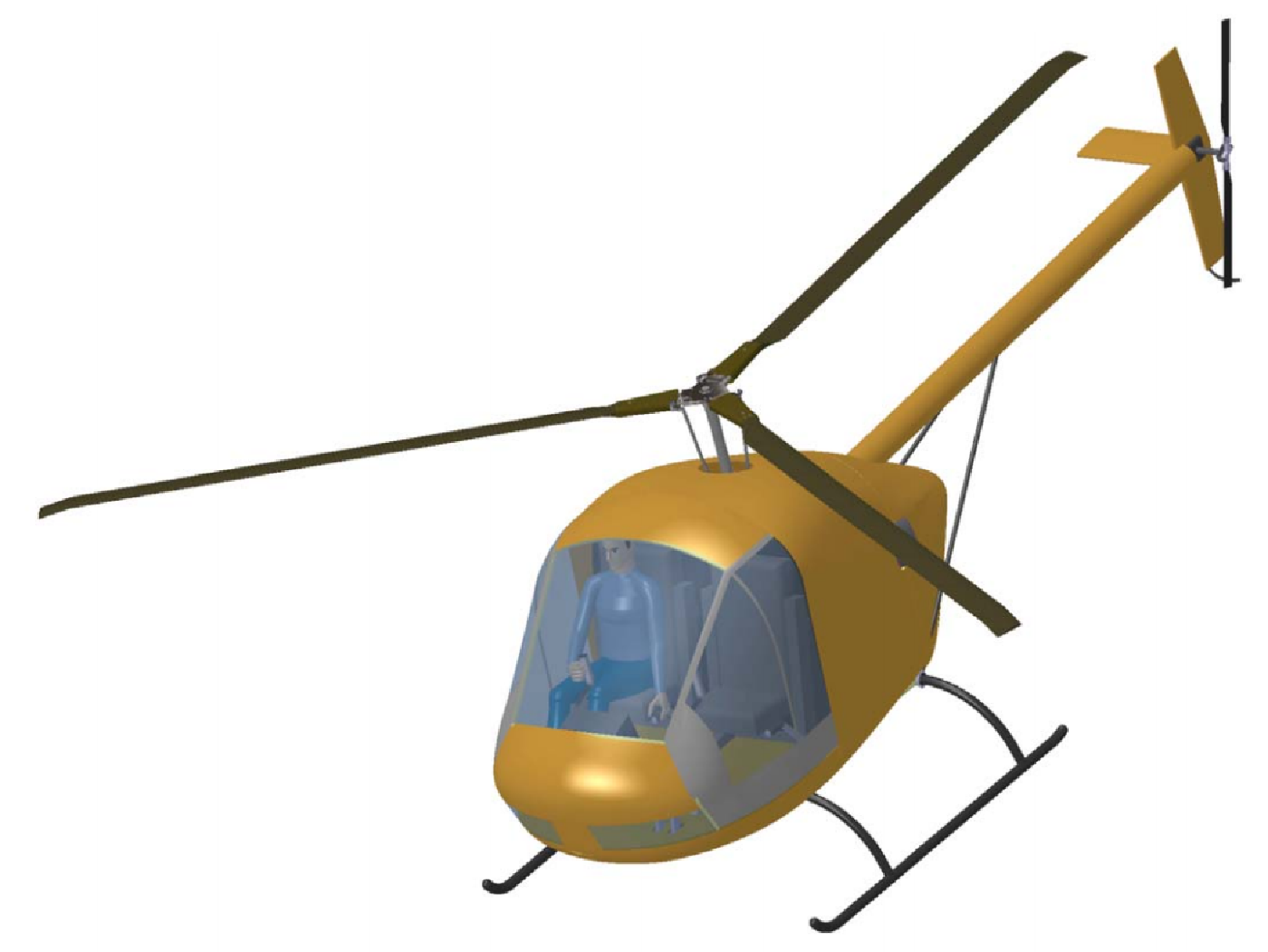
Team: Peter Copp, Moble Benedict, Bryant Craig, Brandon Fitchett, Nitin Gupta, Arun Jose, Jishnu Keshavan, Shyam Menon
Challenge: To design a two-seat, single-engine turbine training helicopter with operating characteristics representative of the world's turbine helicopter fleet, while being cost-competitive with current piston-engined training helicopters, along with the conceptual design of a low-cost turbine engine.
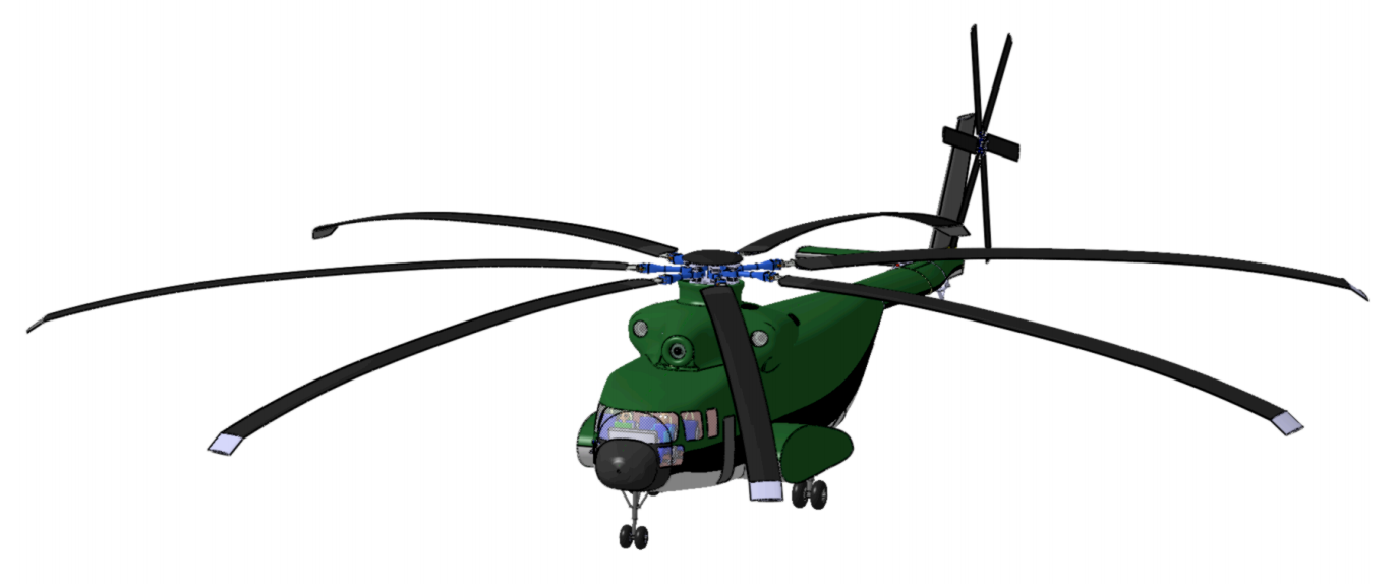
Team: Benjamin Hein, Tim Beasman, Anne Brindejonc, Anirban Chaudhuri, Eric Parsons, Nicholas Rosenfeld, Eric Schroeder, Eric Silberg
Challenge: To design a military heavy lift VTOL aircraft that can operate from existing naval ships and transport a 20-ton combat-ready vehicle.
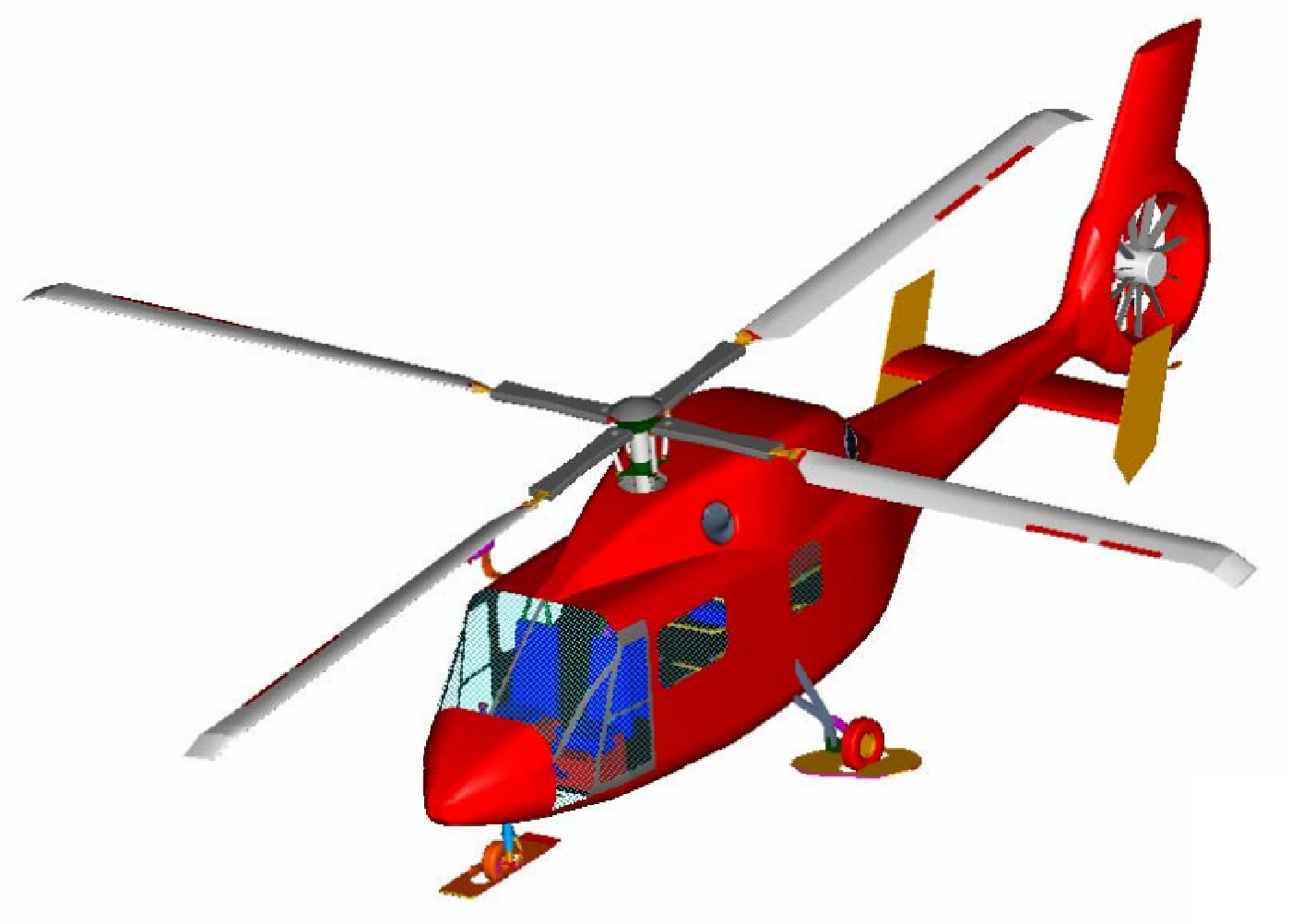
Team: Joshua Ellison, Abhishek Abhishek, Joseph Conroy, Jaye Falls, Shaju John, Robin Preator
Challenge: To design a helicopter for high altitude rescue operations, certified for single pilot, day/night operations with cruise speeds of at least 145 knots.
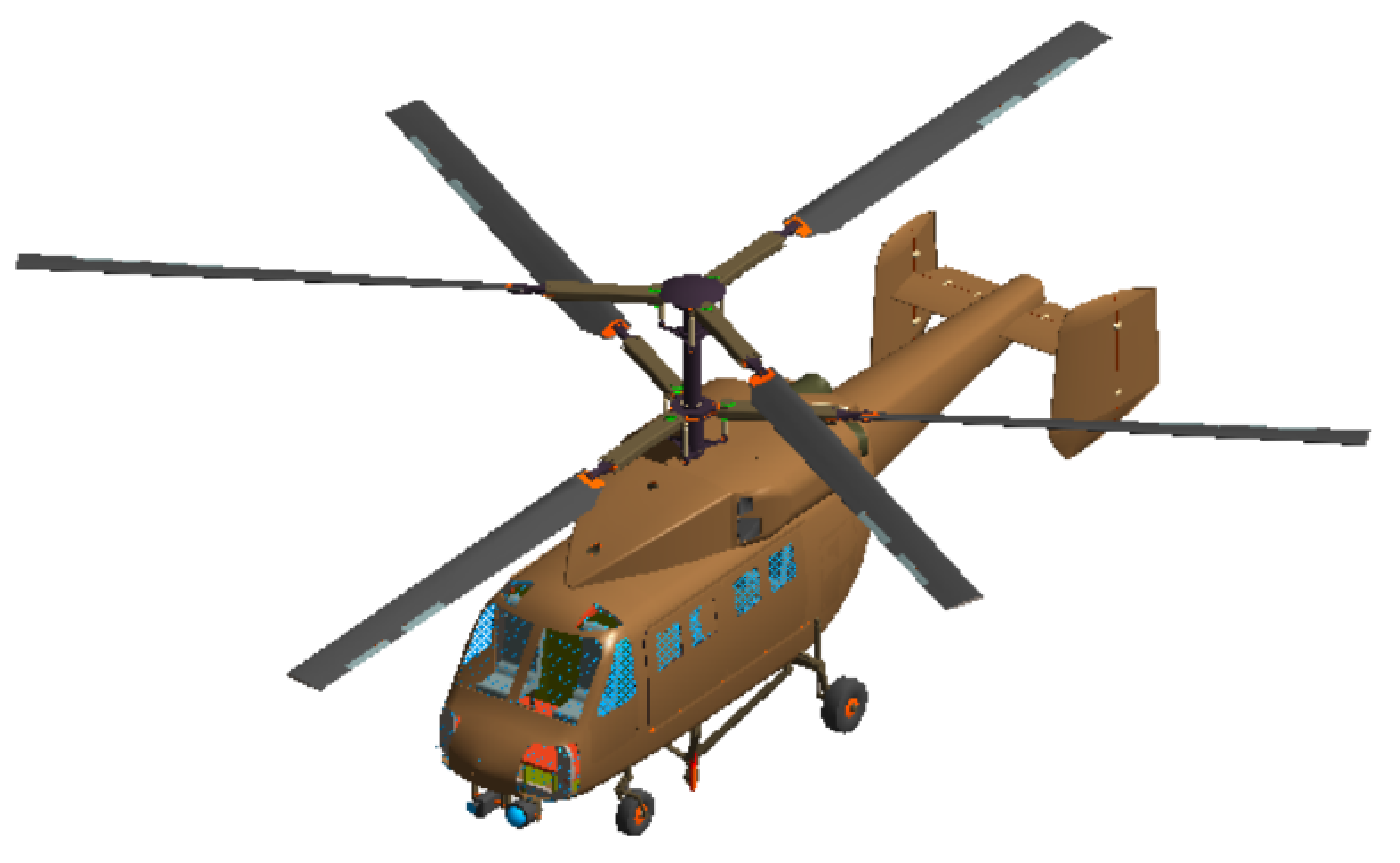
Team: Shreyas Ananthan, Jayasimha Atulasimha, Aubrey Goodman, Vinit Gupta, Wei Hu, Sudarshana Koushik, Anand Radhakrishnan, Maria Ribera, Celestine Wakha, Joseph Whitt
Challenge: To design a VTOL urban disaster response vehicle for high rise firefighter deployment, rooftop occupant extraction, disaster command and control and other emergency response missions.
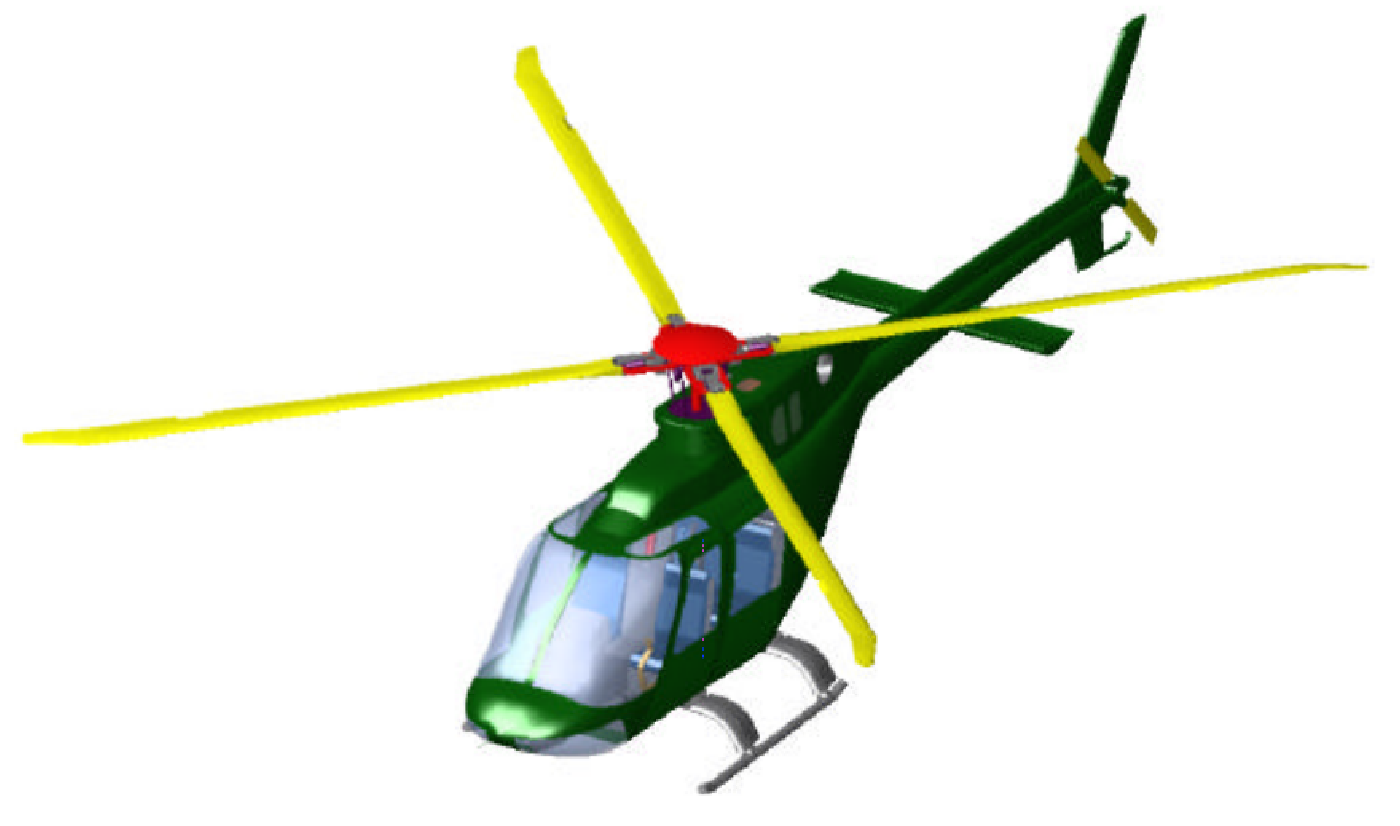
Team: Jason Pereira, Felipe Bohorquez, Mustapha Chehab, Ronald Couch, Tracy DuVall, Jacob Park, Beerinder Singh
Challenge: To upgrade and remanufacture a 4-6 place turbine helicopter for commercial applications that can operate at 140 Kt cruise speed and have a range of 400nm.
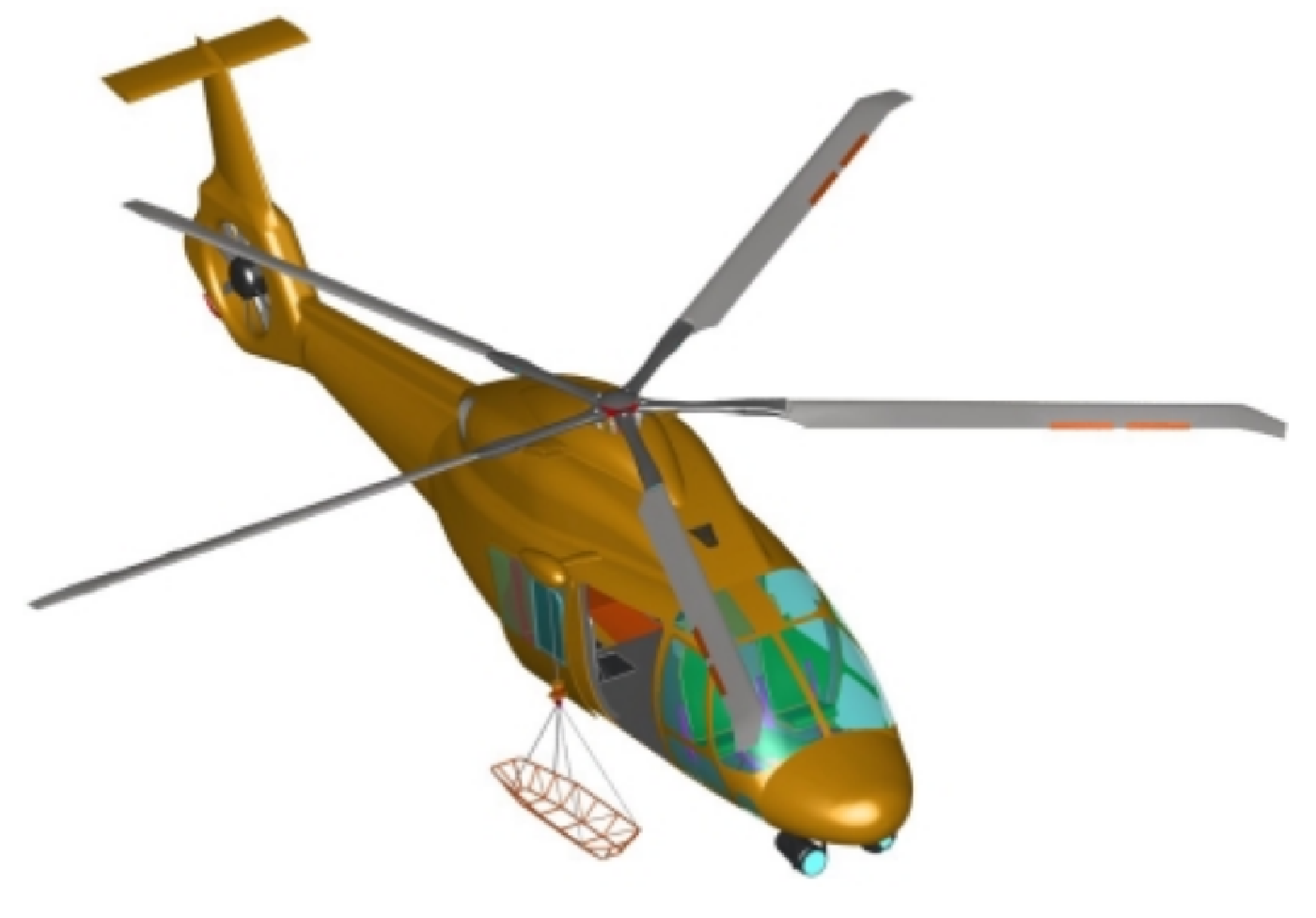
Team: Matthew Tarascio, Marc Gervais, Gaurav Gopalan, Tim Gowen, Kristi Kleinhesselink, Jun Ma, Kiran Singh, Yong-sheng Zhao
Challenge: To develop a VTOL platform with an innovative method of controlling the cyclic pitch of the rotor blades that does not depend upon the use of a traditional swashplate.
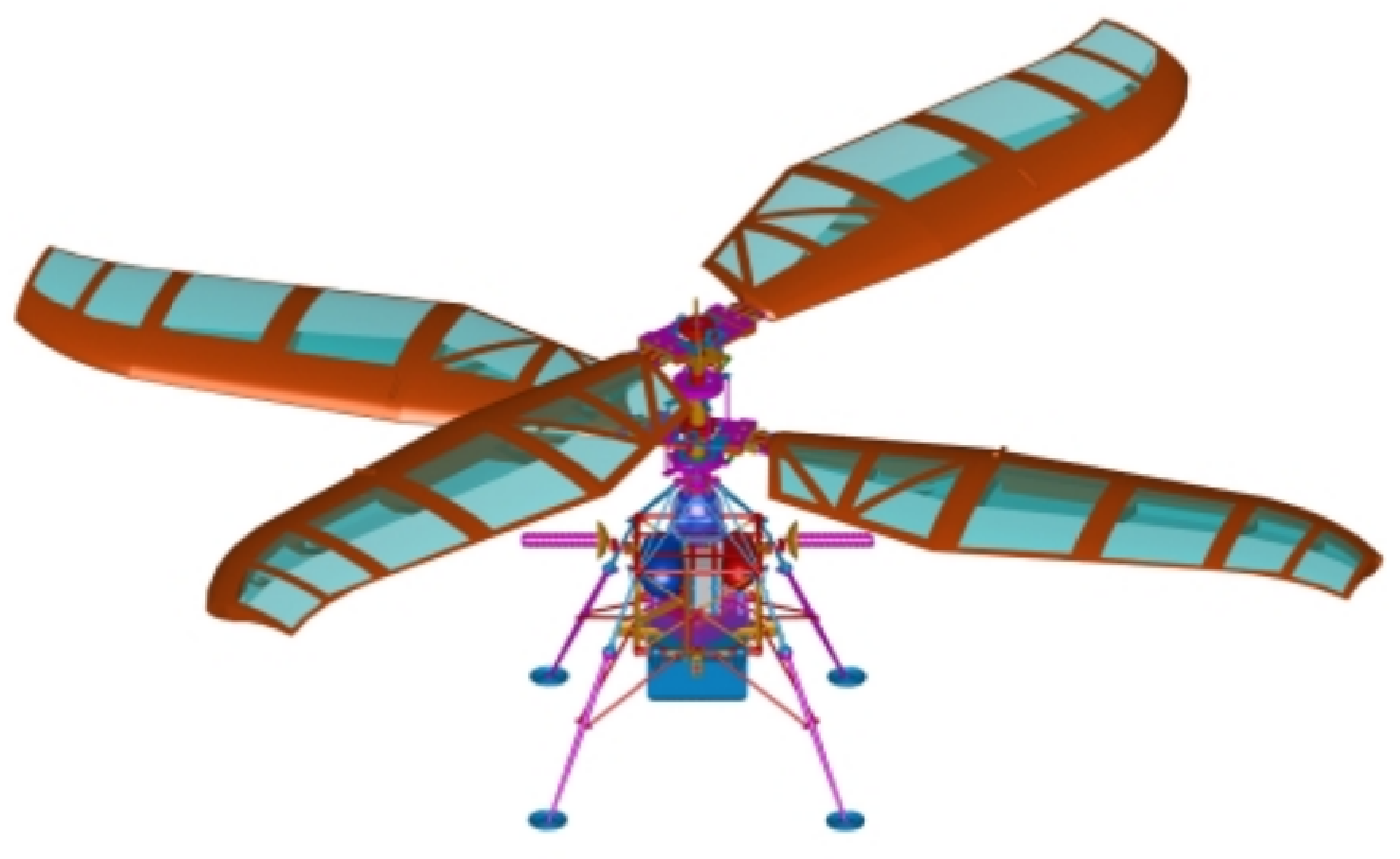
Team: Anubhav Datta, Jinsong Bao, Dan Griffiths, Oivier Gamard, Lin Liu, Greg Pugliese, Beatrice Roget, Jayanarayanan Sitaraman
Challenge: To develop an autonomous rotorcraft for exploration of Mars. The mission was to be a proof-of-concept demonstration for rotary wing flight in the Martian atmosphere.
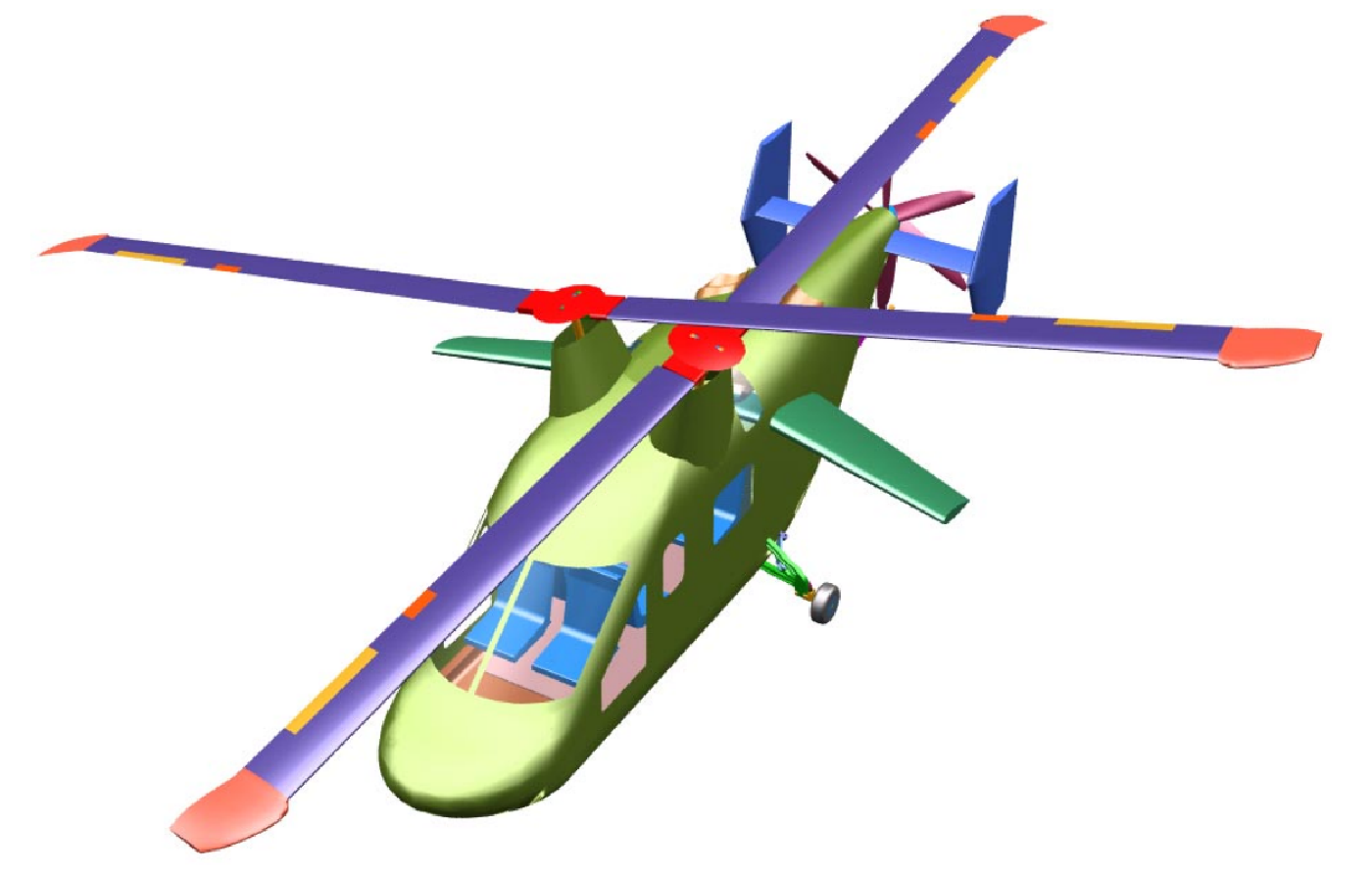
Team: Nikhil Koratkar, Nicolas Costes, William Horn, Vijay Madhavan, Hun Park, Harsha Prahlad, Paul Samuel, Mark Shaner
Challenge: To develop a high-speed (180-kt cruise), VTOL, 4-6 place, personal transport aircraft, minimizing the the number of man hours required to fabricate the components.
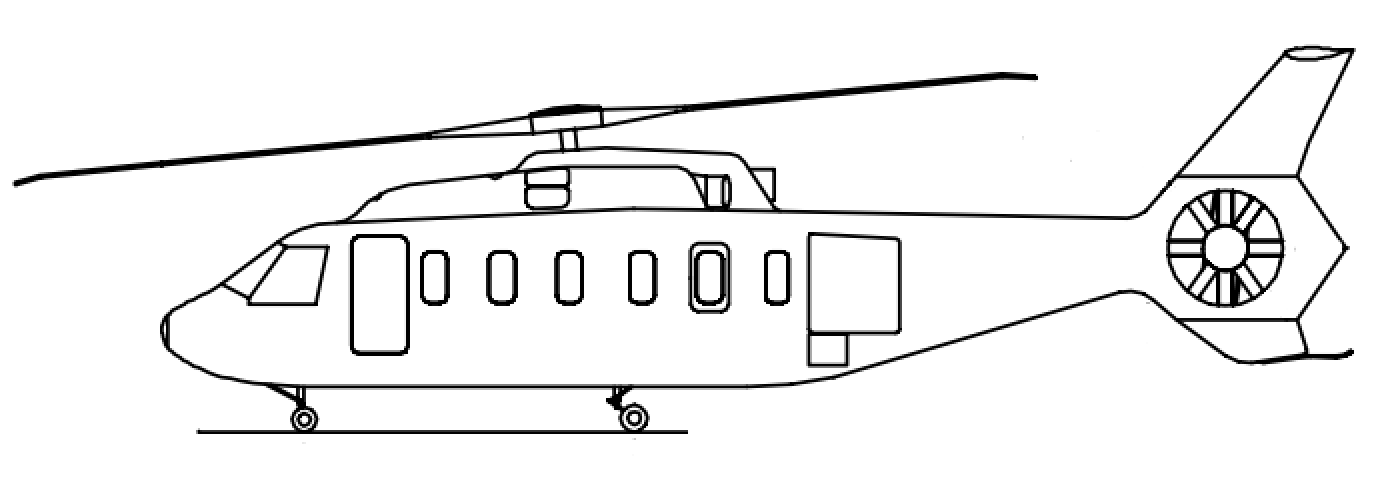
Team: Andreas Bernhard, Jason Kiddy, R. Clifton Moody, Jinwei Shen, Jayant Sirohi, Mao Yang, Hyeonsoo Yeo
Challenge: To develop a modern 12-seat civil VTOL transport rotorcraft with the capability to grow to 19 seats with minimum changes.